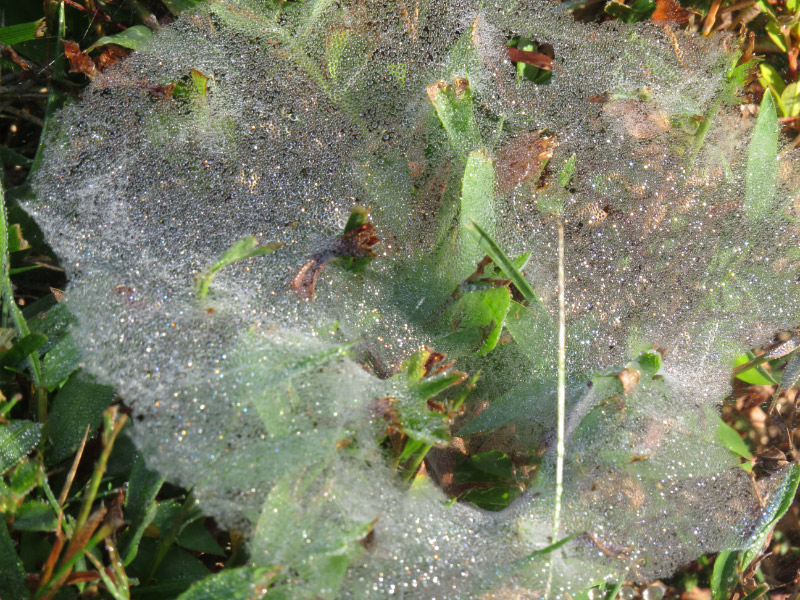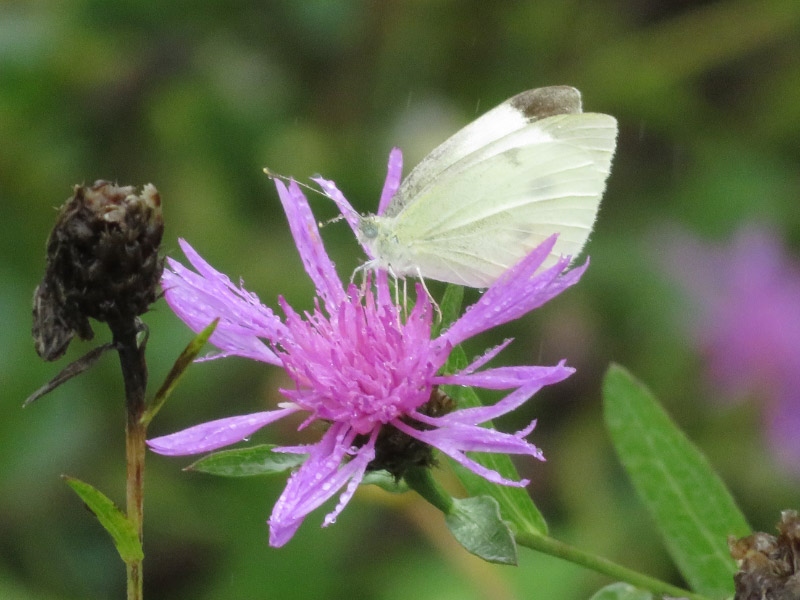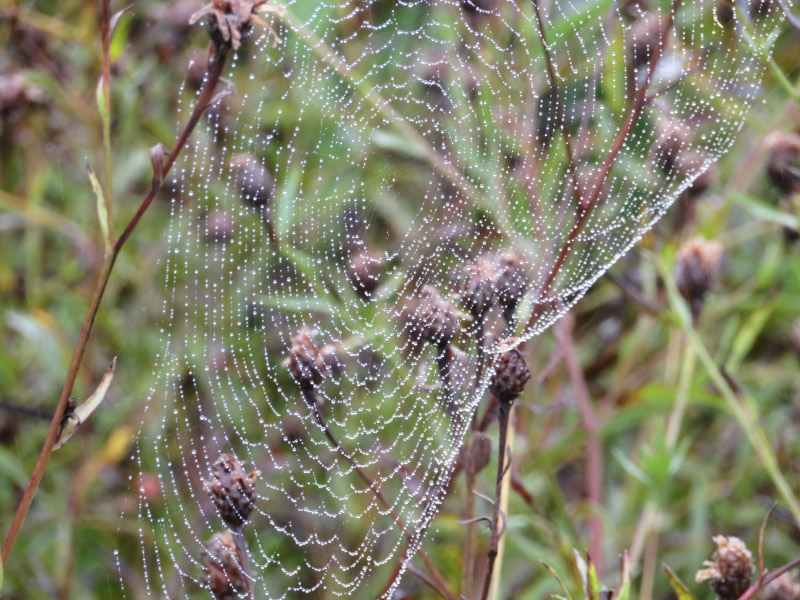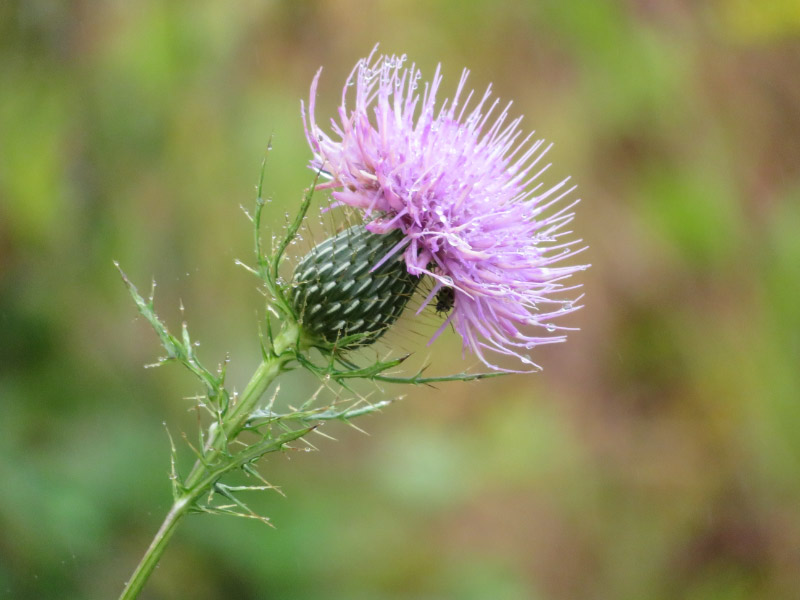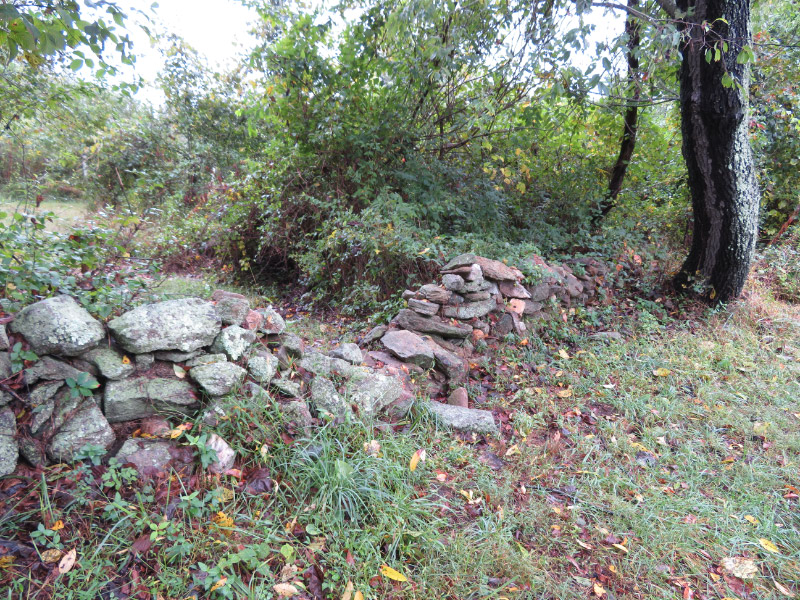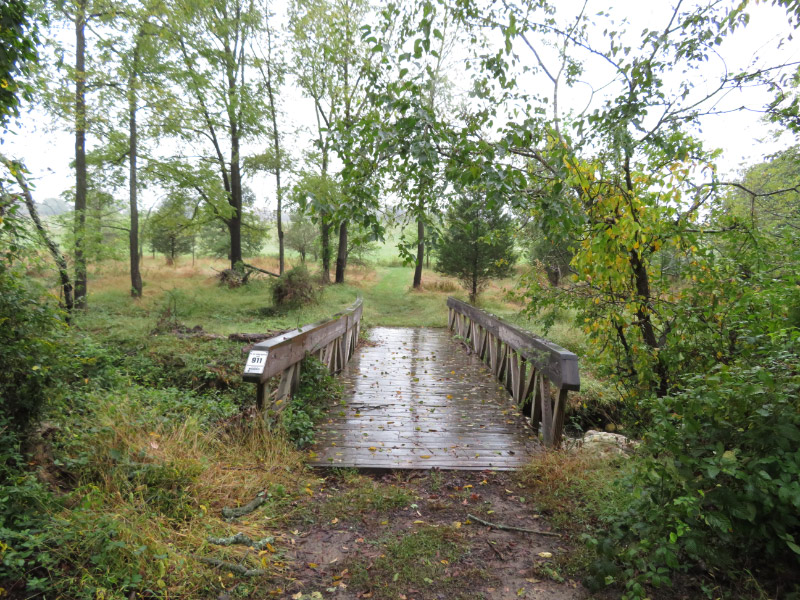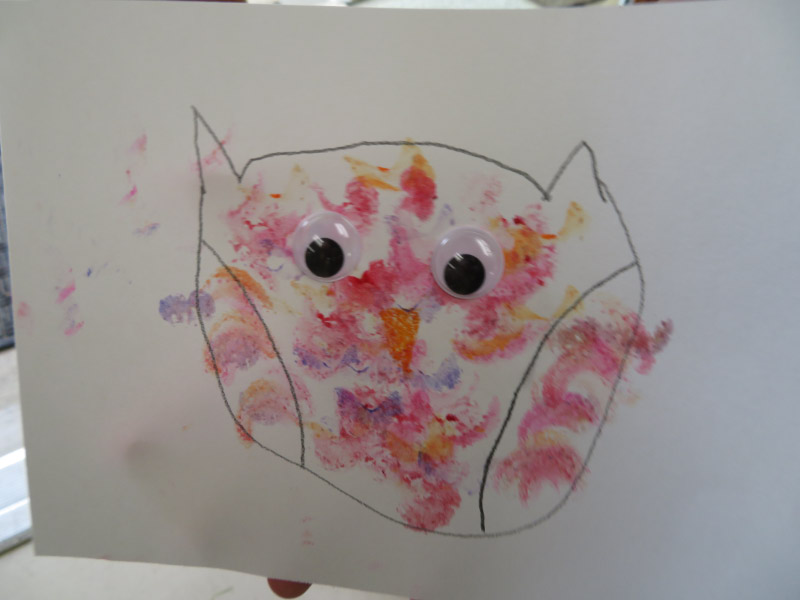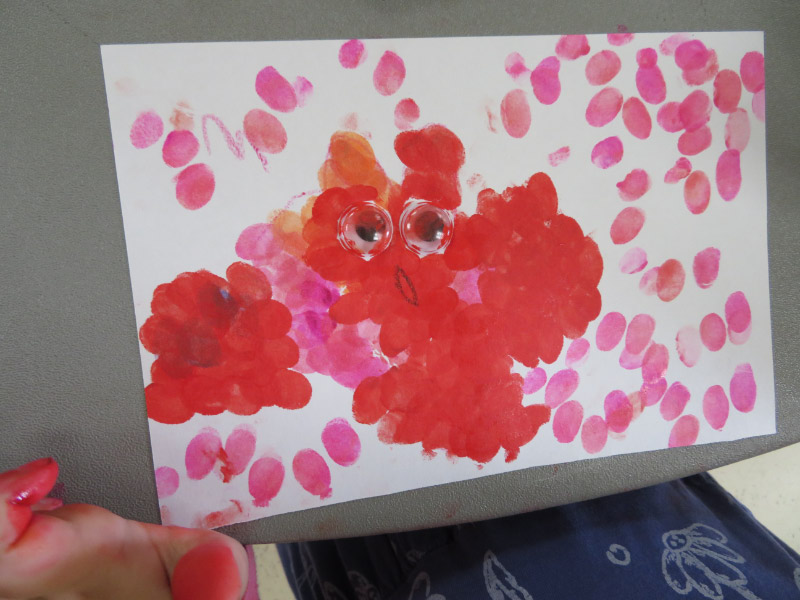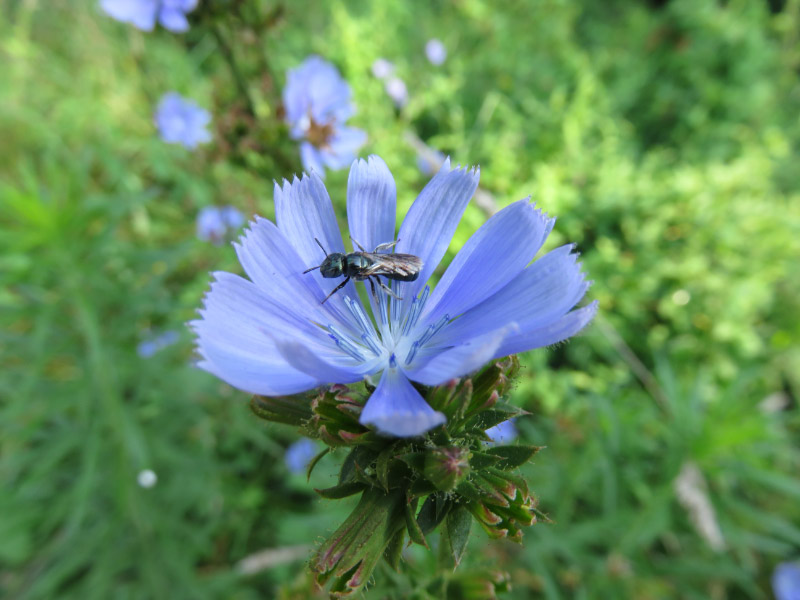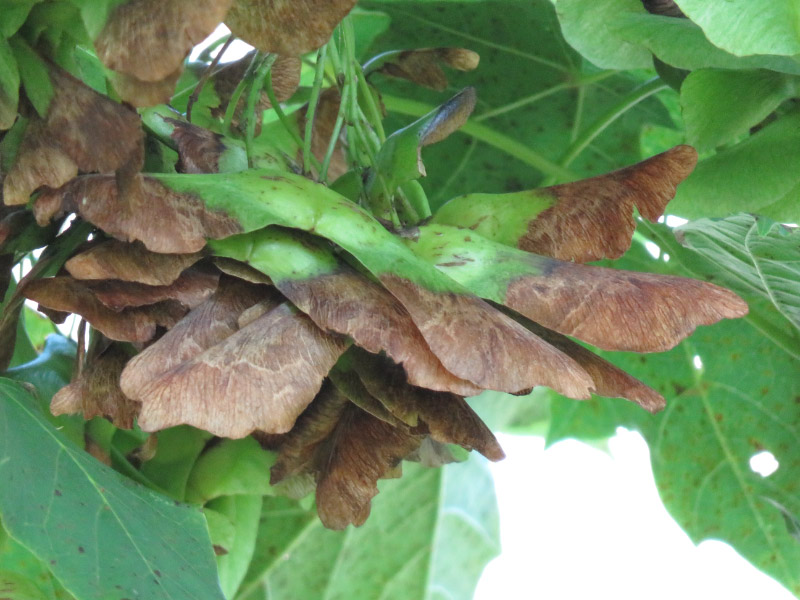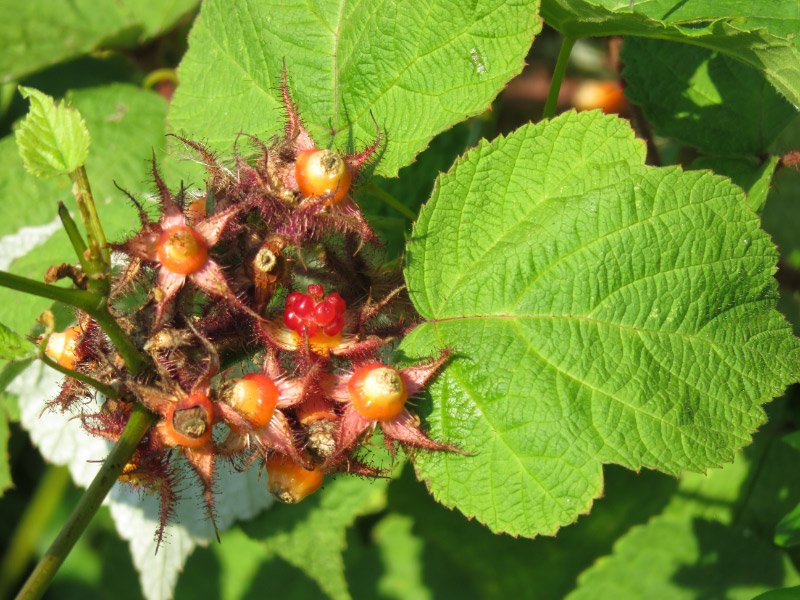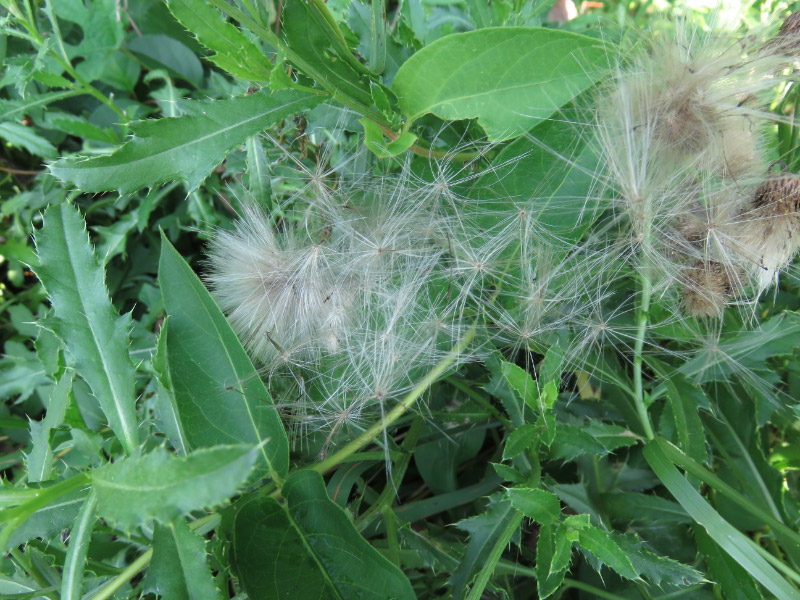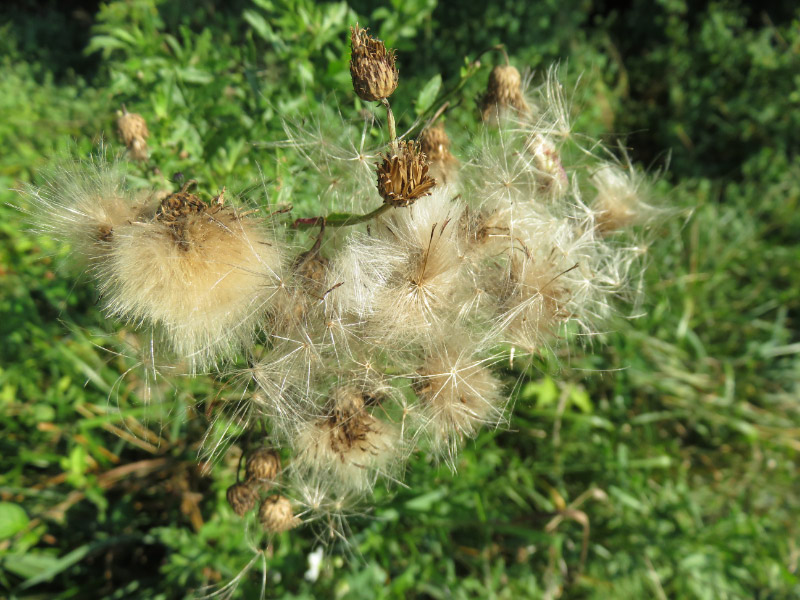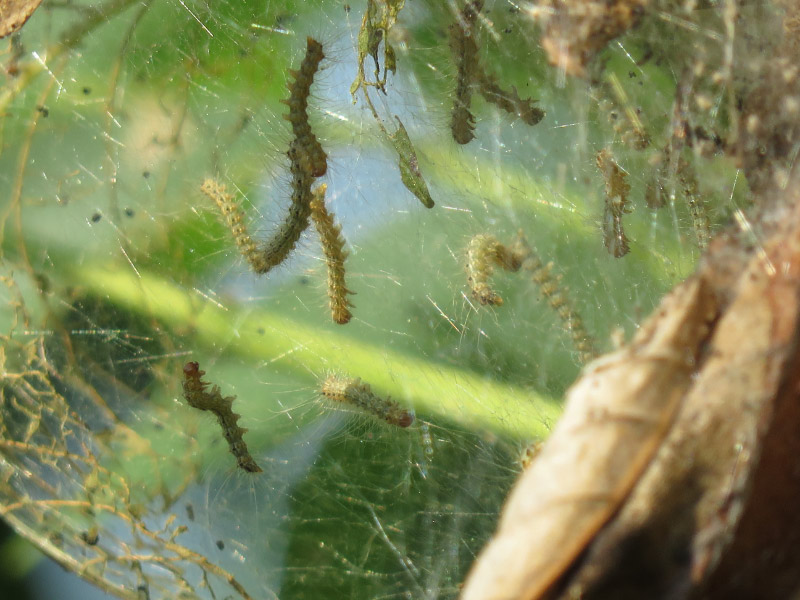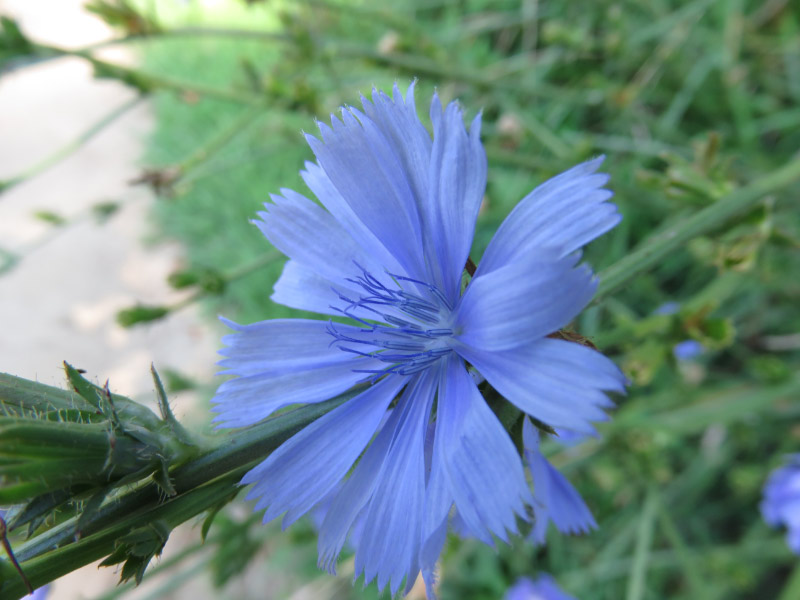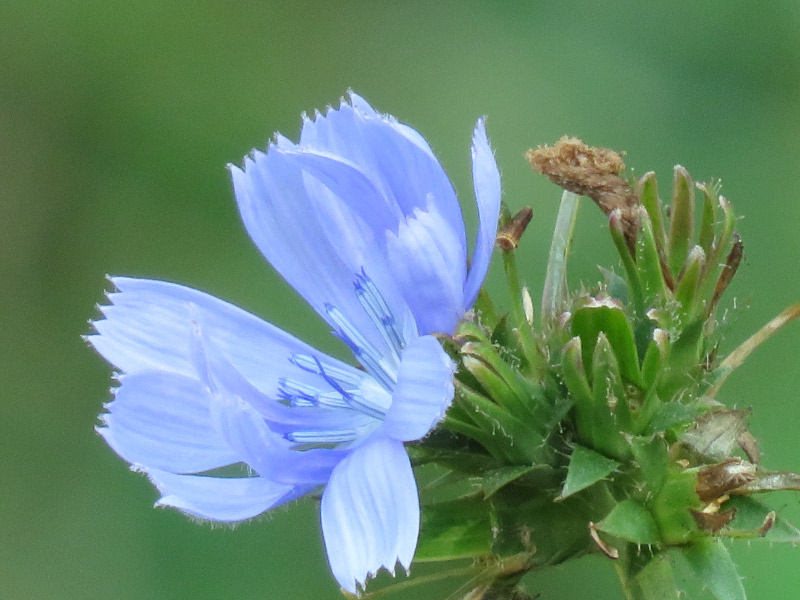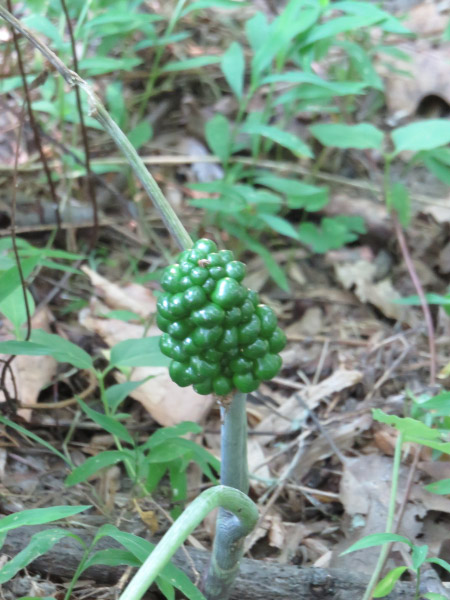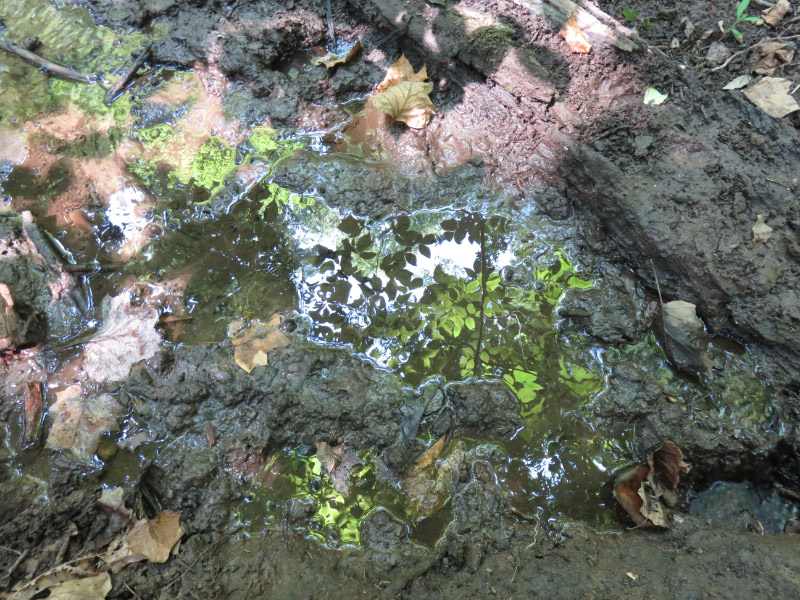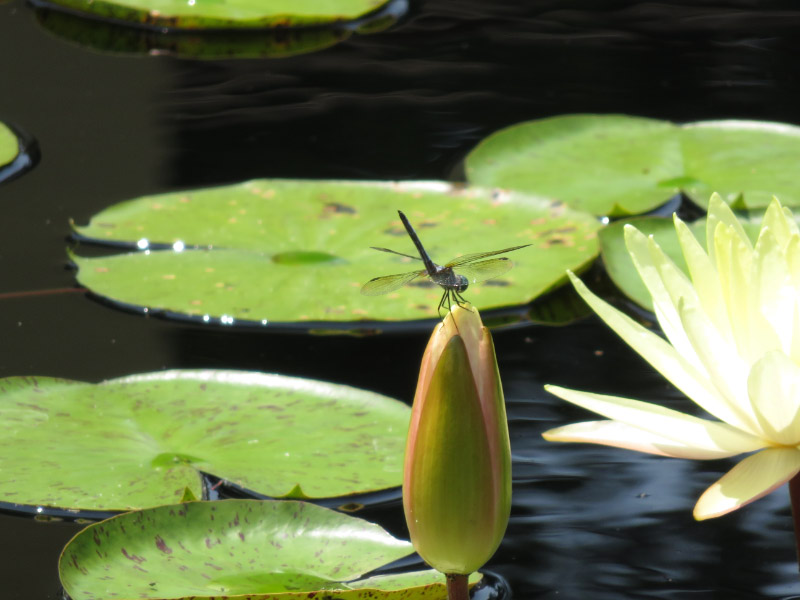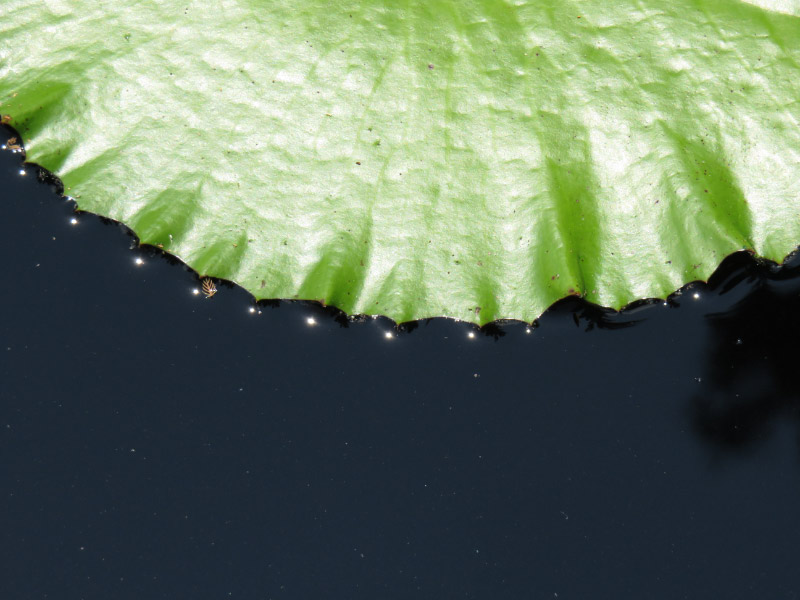High Ridge Park
/My husband and I are exploring some natural areas near where we live this fall. I’m using The Howard County Bird Club web site to guide our explorations. Last weekend I picked High Ridge Park (County web site for the park) from their site guide map. The path through the woods is paved – a gentle walk. The Patuxent River was just barely visible down below; we’ll go back after the leaves fall off to see it better.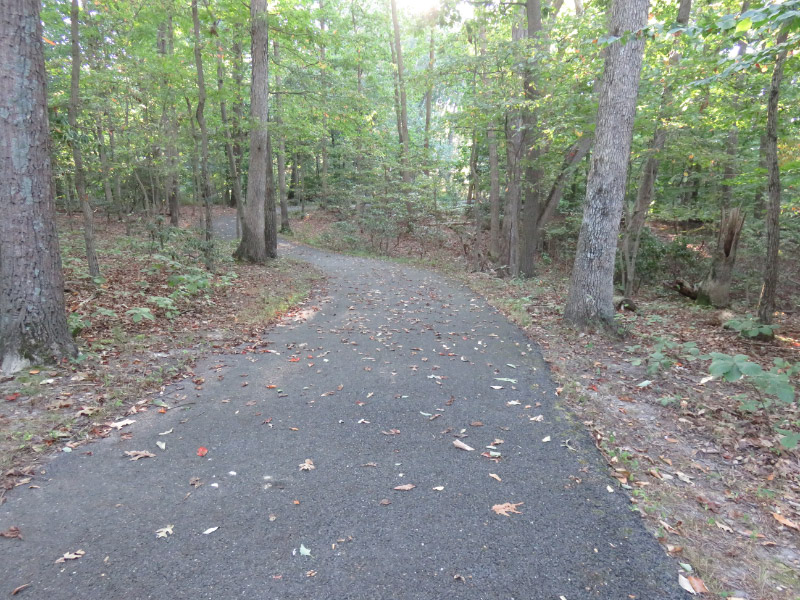
I took a series of pictures of poke weed berries – green with dimples, black with dimples, then very round and ripe. The pink stems always seem very bright next to the dark purple of the berries.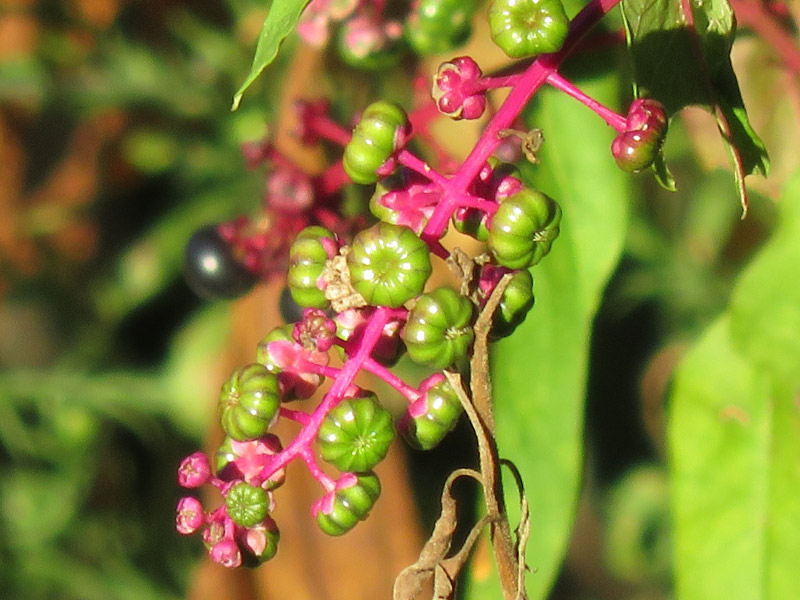
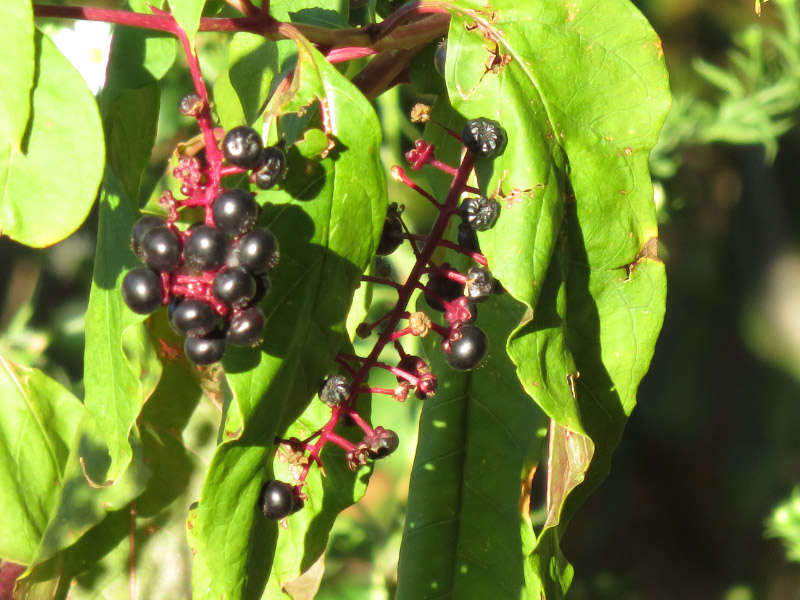
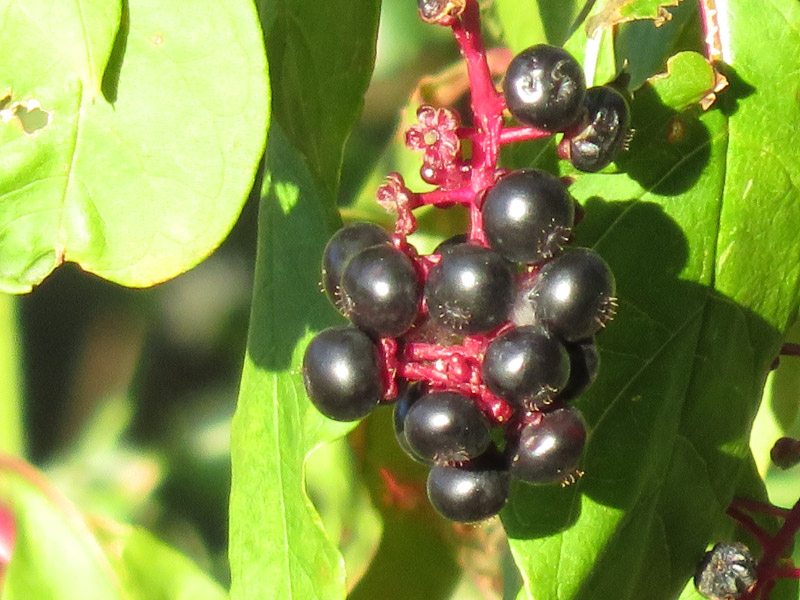
There were also abundant thistle seed pods. Only the dampness of the morning was keeping the fluffy seeds from floating away.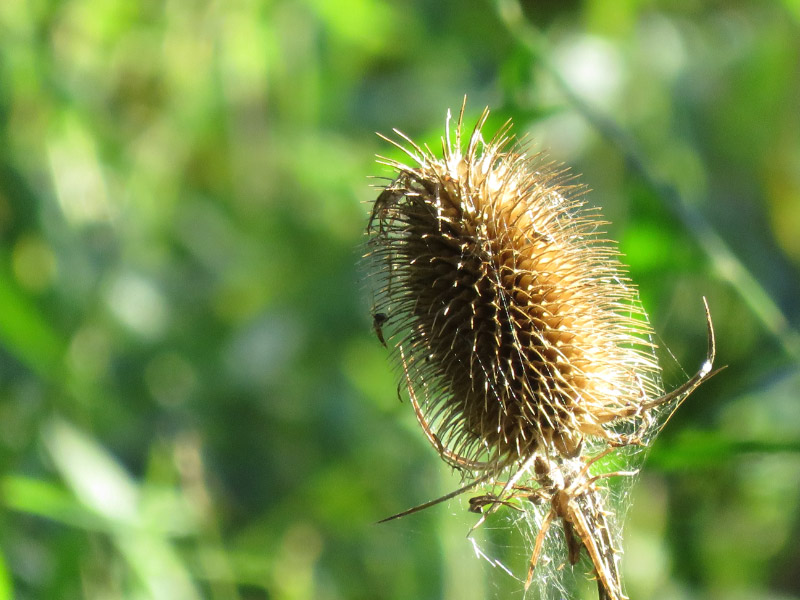
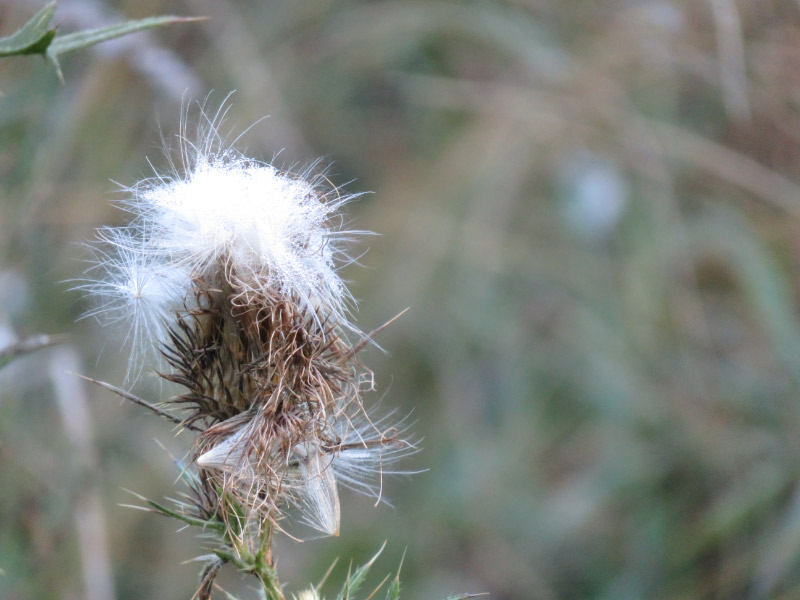
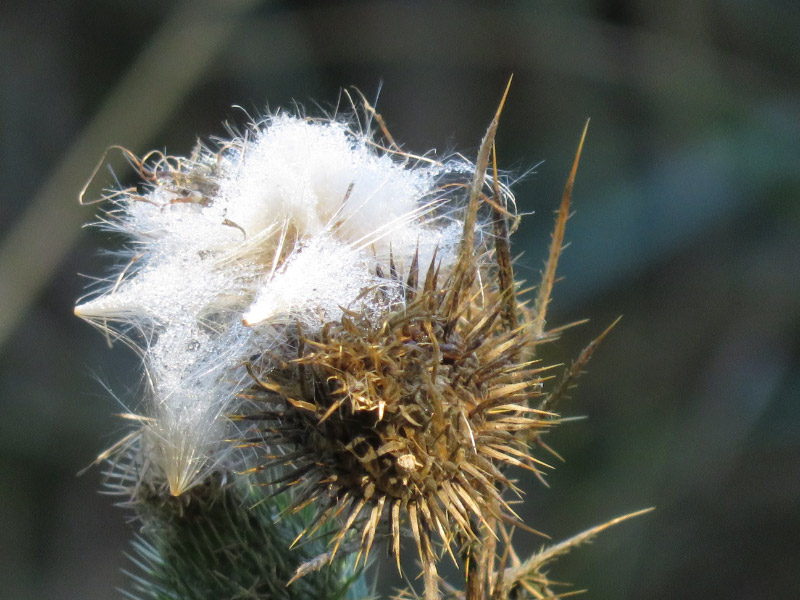
But the new-to-me discovery for this short hike was funnel spider webs. They seemed to be everywhere – maybe more visible because of the heavy dew. I didn’t know what they were when I was hiking – and did my usual picture taking to help identify it after I got home. After loading the pictures onto my PC when I got home, I did a search for ‘funnel spiders in maryland’ and found a reference for Funnel weavers/Grass spiders (Family: Agelnidae) from Maryland’s Department of Natural Resources. Next time I see a web like this I’ll look for the spider more closely! Since there were so many of them at High Ridge Park – I am confident that I would have found at least one spider ‘at home!’